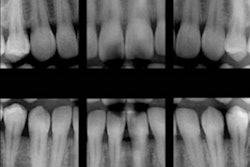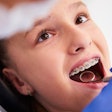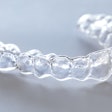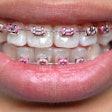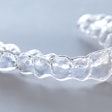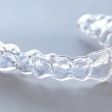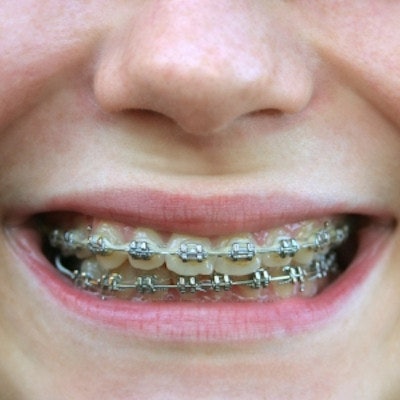
A new imaging technique could reduce the amount of radiation that dental patients are exposed to during orthodontic treatment, according to new research. The method also shows promise for other types of dental treatment that require accurate root position assessment.
The technique, called expected root position (ERP) setup, superimposes a digital model onto an existing cone-beam CT (CBCT) scan. Researchers from the University of California, San Francisco (UCSF) detailed how the method can be used for orthodontics and other types of dental treatments in the American Journal of Orthodontics and Dentofacial Orthopedics (October 2019, Vol. 156:4, pp. 566-573).
"The objective of this study was to determine whether the ERP setup could accurately and reliably be used to make clinical recommendations for bracket repositioning based on root position at a midtreatment appointment," wrote the authors, led by Robert J. Lee, DDS, a former orthodontic resident at UCSF.
Accurate root position is critical for successful orthodontic treatment. However, clinicians often use CBCT scans for pretreatment and mistreatment planning, which exposes patients to radiation. The researchers wondered whether the ERP setup could be a reliable, radiation-free alternative for evaluating root position.
To find out, they created ERP models for 10 patients who visited the UCSF orthodontics clinic for treatment. All patients had both pretreatment and midtreatment CBCT scans, as well as digital study models.
Four clinicians then reviewed the root positions using the midtreatment CBCT scans and midtreatment ERP models of the patients. They specified which brackets they would reposition based on what they saw in each type of scan.
After running a variety of analyses, the researchers found that the ERP setup and CBCT scans produced similar results. The four clinicians generally chose the same or similar brackets for repositioning.
"The intermethod reliability testing between the CBCT scan and ERP setup found substantial agreement between the CBCT scan and ERP setup, which indicates that the ERP setup had reliability similar to the CBCT scan in making clinical decisions on root position," the authors wrote.
While the expected root position method looks promising as a future treatment planning tool, it's not ready for clinical use yet, the authors cautioned. The technology currently has a long setup time, although it's already better than when the researchers tested it in this study. In addition, it relies on accurate crown positioning and, thus, won't work for patients with a lot of restorative work.
The researchers recommended that clinicians continue to use midtreatment CBCT scans for now. However, they noted the ERP setup could help evaluate root position at any appointment during orthodontic treatment. The technique could also be used to verify root positions for temporary skeletal anchorage devices or space for dental implants before debonding applications, they wrote.
"This study demonstrated that the ERP setup, when compared with the gold standard CBCT scan, was diagnostically reliable in making clinical decisions regarding root position at midtreatment," the authors concluded. "A small field-of-view pretreatment CBCT scan may be used to generate the ERP setup to reduce radiation exposure to the patient."




